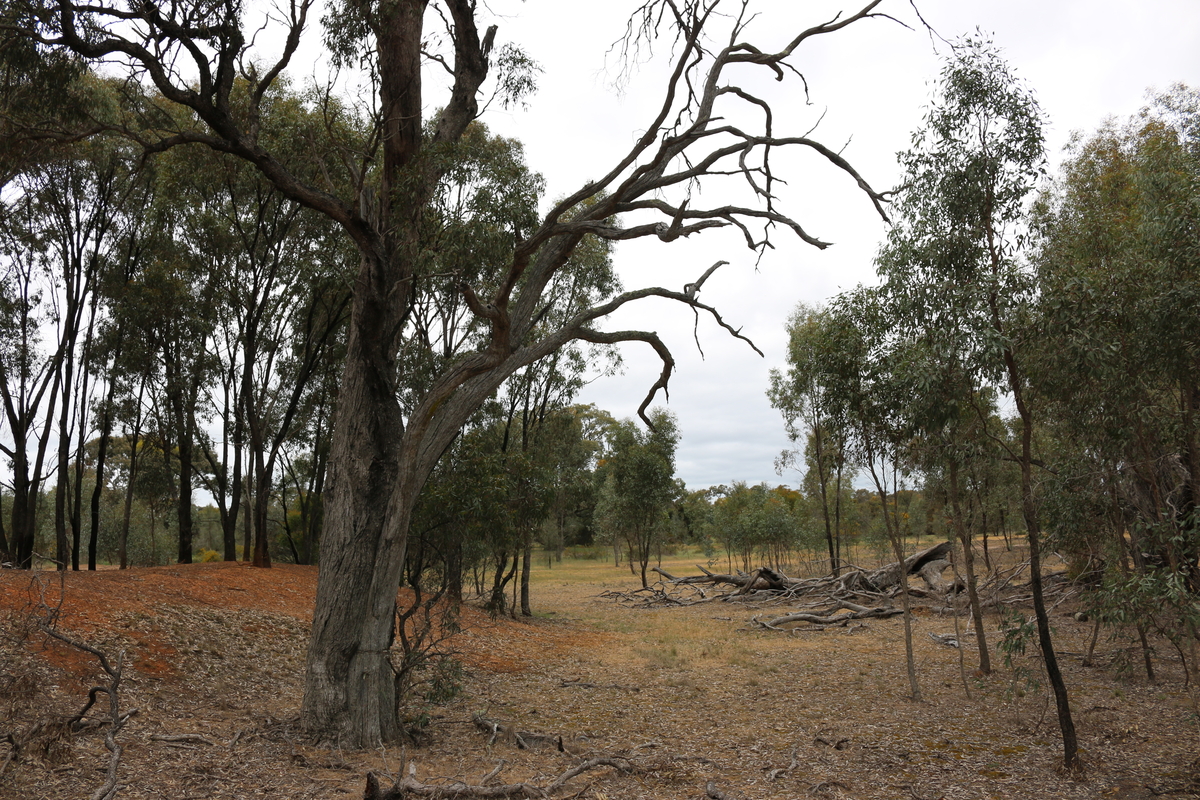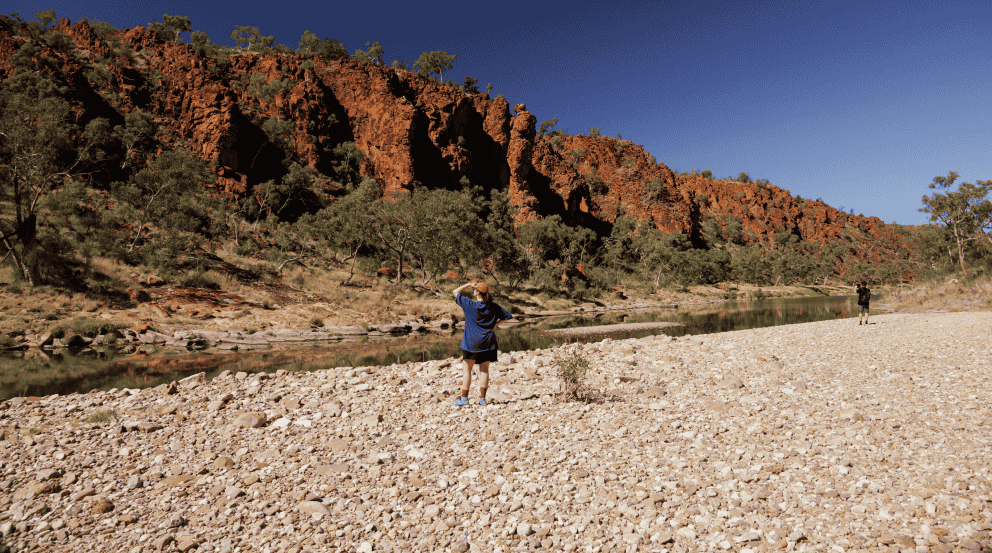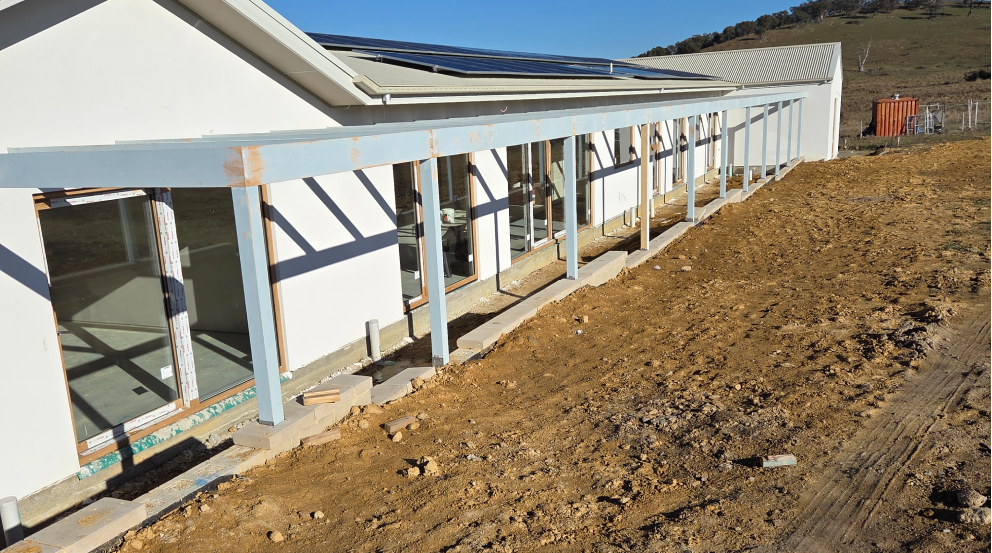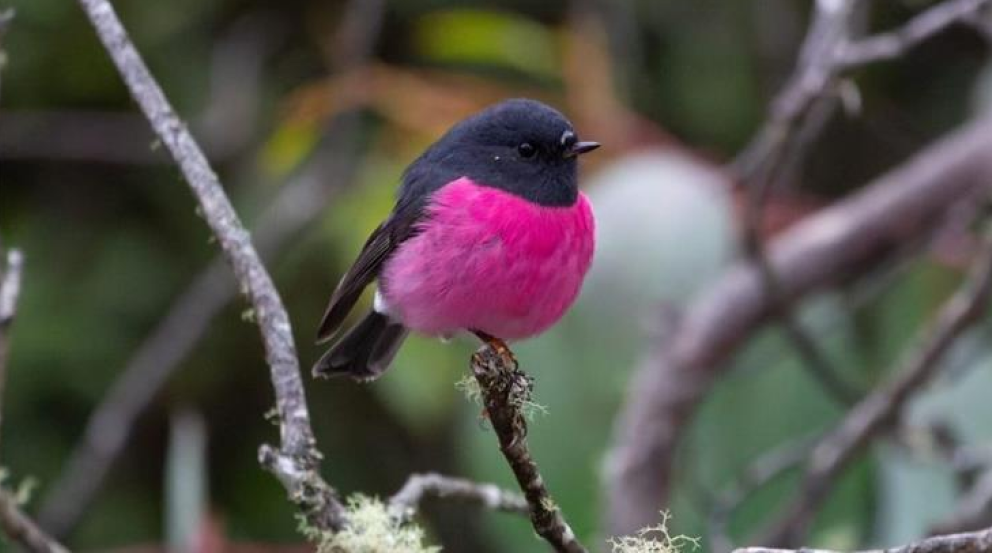Did you know that preserving biodiversity in Australia and around the world is just as important as a stable climate? To mark Biodiversity Month, we asked two biodiversity experts to answer some common questions around what biodiversity is, why it matters and how we can protect it.
Thanks to decades of hard work by environmentalists and scientists (and a series of increasingly rampant natural disasters), the climate crisis is now firmly fixed in the public consciousness.
But there’s a concurrent crisis that has yet to fully seize our attention, understanding and action: biodiversity loss in Australia and globally. As one of our strongest natural defences against climate change according to the UN, biodiversity is key to sustaining Earth’s rich tapestry of life – including us.
What is biodiversity, and why is it important?
The word ‘biodiversity’ describes the biological diversity of flora and fauna within an ecosystem and the natural world, including the land, water and air. “It’s really everything living in our systems,” says Zoe Birnie, Senior Technical Officer at our conservation reserve partner Greening Australia. “It's that diversity of plants and animals – like the charismatic, large mammals that we commonly associate with biodiversity – but also the understorey plants and microorganisms that live in the soil. All of these taxa and species are the natural capital of our environment.”
If you go down a level, biodiversity also refers to the genetic variation within each species. The broader the genetic profile of a species, the likelier it is to survive, adapt and thrive as environments change. If you go up a level, it refers to the broader ecosystem function. “It’s how all of those different animals and plants interact with the physical environment – the hard soil, the air and the water itself,” says Bram Mason, Bank Australia’s Nature and Biodiversity Manager.
Humans are a part of this interdependent mosaic of lifeforms. We rely on healthy ecosystems to deliver an abundance of services. “We need clean air to breathe, clean water to drink, and the production of food – ecosystems services, which relies on healthy ecosystems and soils,” says Zoe. “As humans, we also benefit from the mental and physical wellbeing that comes from spending time in nature.”
These systems work in harmony, creating a delicate balance that’s essential for ecological and human flourishing. “At its heart, we need everything to be functioning well together so that we can thrive,” Zoe says.
.webp)
Why is biodiversity in Australia under threat?
Sadly, biodiversity loss is a threat almost everywhere. According to the IBPES Global Assessment Report on Biodiversity and Ecosystem Services, the health of ecosystems globally is rapidly deteriorating, while the rate of species extinction is accelerating.
Biodiversity’s threats come in many forms. There’s direct impact, like mining and extracting resources, building infrastructure, and commercial and housing development. (“The good old, ‘let’s dig it up and destroy it’,” Bram half-jokes.) There’s fragmentation that contributes to habitat loss – the division of larger habitats into smaller ones, causing ecological degradation and preventing species from interrelating. There’s domestic animals that predate native birds and animals, and also have an impact through their germs and bodily waste. And, of course, there’s the effects of climate change – like bushfires, rising sea levels and coastal erosion – that wipe out the ability for entire ecosystems to regenerate.
The common thread of these threats is human activity. “We touch nature every day,” says Bram, “but I don't think we fully understand the relationship between our everyday actions and the impact on biodiversity. Every time we turn on a tap, flush the toilet, dispose of something in the waste, or drive a car, we're having an impact because we're using resources that would otherwise be there for the biodiversity itself.”
Biodiversity loss and degradation increases the risk of mass species extinction, which in turn threatens humanity. It’s why biodiversity is important for all of us to be aware of. “Think of pollinators, like birds and bats,” says Bram. “If their normal life cycles are interrupted through disease or loss of their home habitat, that will soon affect the ability for some of our food and fibre plants to regenerate. And that's when we see ecosystems crashing.”
The consequences can be monumental. “If we’re not looking after nature, it won’t look after us,” says Bram. “We risk losing our clean air, our food supply and potential medicines.”
.webp)
How does conservation help protect biodiversity?
Conservation helps combat biodiversity loss in Australia and elsewhere by – you guessed it – conserving biodiversity in our wild places. “It’s understanding how a natural ecosystem has come about, and how it may need to be treated,” says Bram, “whether that's – in some rare cases – just being left alone, or whether it's active stewardship of the land.”
It’s not always as simple as stepping back and letting nature run its course. With the pressure humans have put on ecosystems, we now have a role to play as thoughtful participants of – not separate entities to – nature. “We've made such a change to some systems that they now require human intervention,” says Bram. “For example, native grasslands around Australia need active fire management and the animals to be reincorporated back into the land.”
The ultimate aim is to get humanity back in sync with the natural world, including reducing habitat loss in Australia – and we have a lot to learn from the deep wisdom and ancient land management practices of First Nations communities. “Aboriginal and Torres Strait Islander cultures are in step with nature,” says Bram. “From my interactions with Elders, they know how to read the environment. They understand that we have to walk very lightly. There's knowledge there that we're ignoring and need to learn, or relearn. And there's great opportunities for us to work together with Indigenous peoples right around the world.”
.webp)
What’s Bank Australia doing to help prevent loss of biodiversity in Australia?
Bank Australia is one of the only banks in the country with a Nature and Biodiversity Manager. That’s because nature and biodiversity is one of our key impact areas, and we help steward a conservation reserve. The reserve is a group of four properties making up over 2000 hectares in Western Victoria, and is managed in partnership with Greening Australia and Trust for Nature, and in consultation with Traditional Custodians through Barengi Gadjin Land Council.
“The conservation reserve is doing three key things,” says Bram. “One of them is protecting an area of nature from development. The second is allowing Bank Australia to learn how we can use the tools at our disposal to influence the recovery and protection of nature. The third is enhancing that nature to create or recreate additional habitat, so there’s a safehold for the local flora and fauna to spread genes, create homes, and obtain food. Somewhere they can be together, be resilient and survive.”
Bank Australia customers help protect a 2117 hectare conservation reserve, which supports biodiversity and nature.
.webp)







